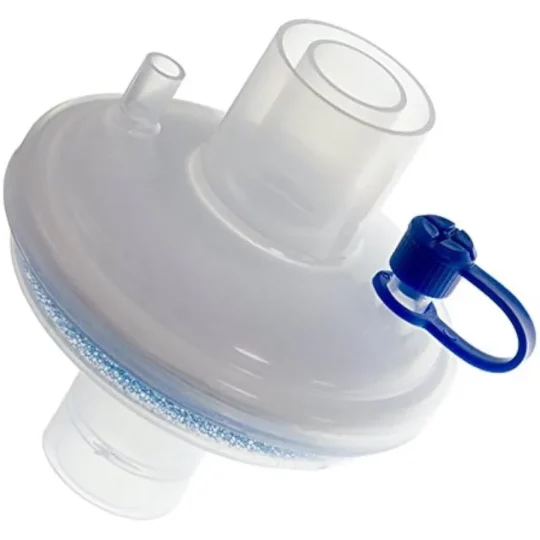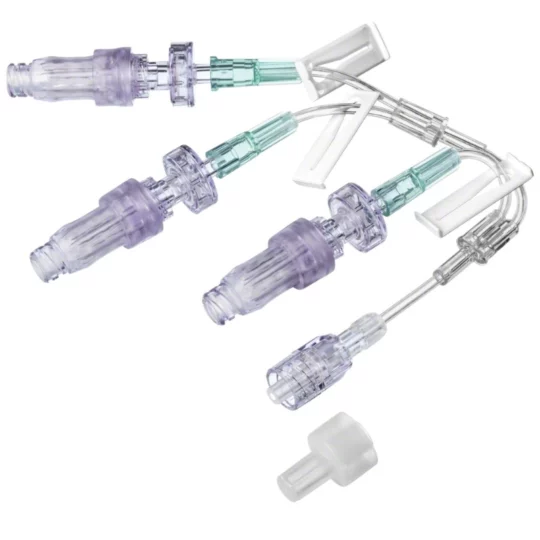Low Prime Lines refer to the observation or diagnosis of primary physiological parameters or vital signs that are notably below the normal range. This condition can have various underlying causes and implications, and its significance should not be underestimated.
Uses and Benefits:
Early Warning Indicator: Low Prime Lines can serve as an early warning sign of potential health issues, allowing healthcare professionals to intervene promptly. Monitoring vital signs is a fundamental aspect of patient care, and deviations from the normal range can indicate an impending problem.
Individualized Care: Recognizing Low Prime Lines enables medical practitioners to tailor treatment and care plans to the specific needs of the patient. This personalization of care is essential for optimizing health outcomes.
Treatment Assessment: In clinical settings, monitoring changes in vital signs over time, including low primary parameters, helps gauge the effectiveness of treatments and interventions. It can guide adjustments to the patient’s management plan.
Research and Education: Low Prime Lines contribute to medical research and education by providing data points for the study of various health conditions. They help in understanding the natural variations in vital signs among different individuals and populations.
Holistic Care: A holistic approach to healthcare considers not only the disease or symptoms but also the overall well-being of the patient. Low Prime Lines trigger a comprehensive evaluation of a patient’s health status, promoting a more holistic and patient-centered approach to care.
In summary, the recognition and monitoring of Low Prime Lines are invaluable in the medical field, serving as early indicators of potential health issues, guiding individualized care, and facilitating research and education while contributing to a holistic approach to patient well-being.







Reviews
There are no reviews yet.